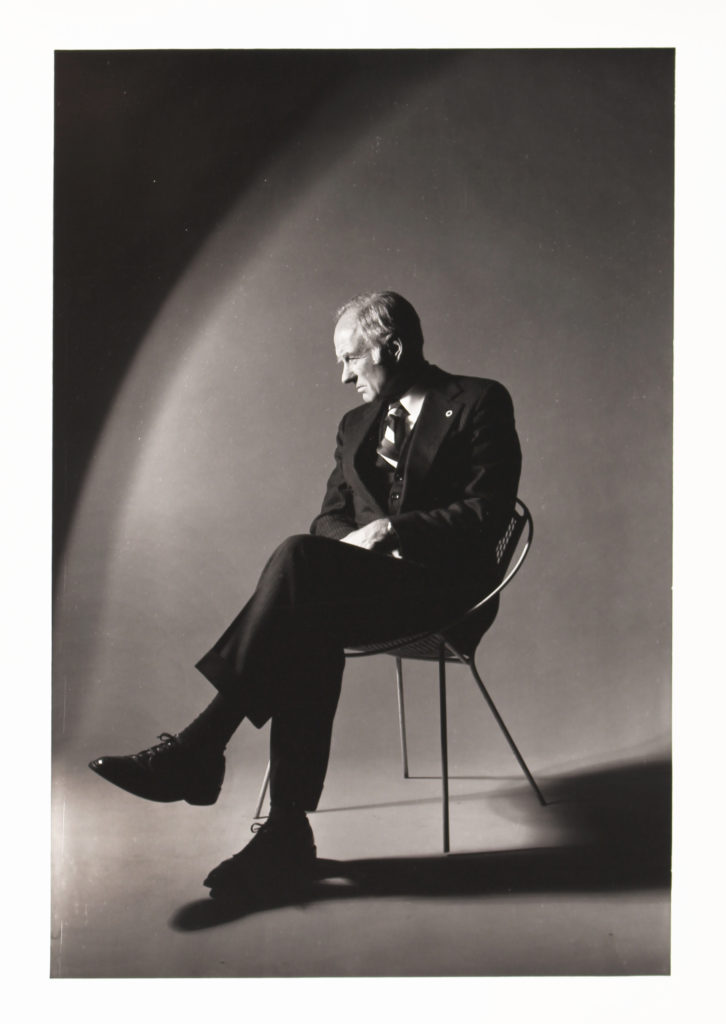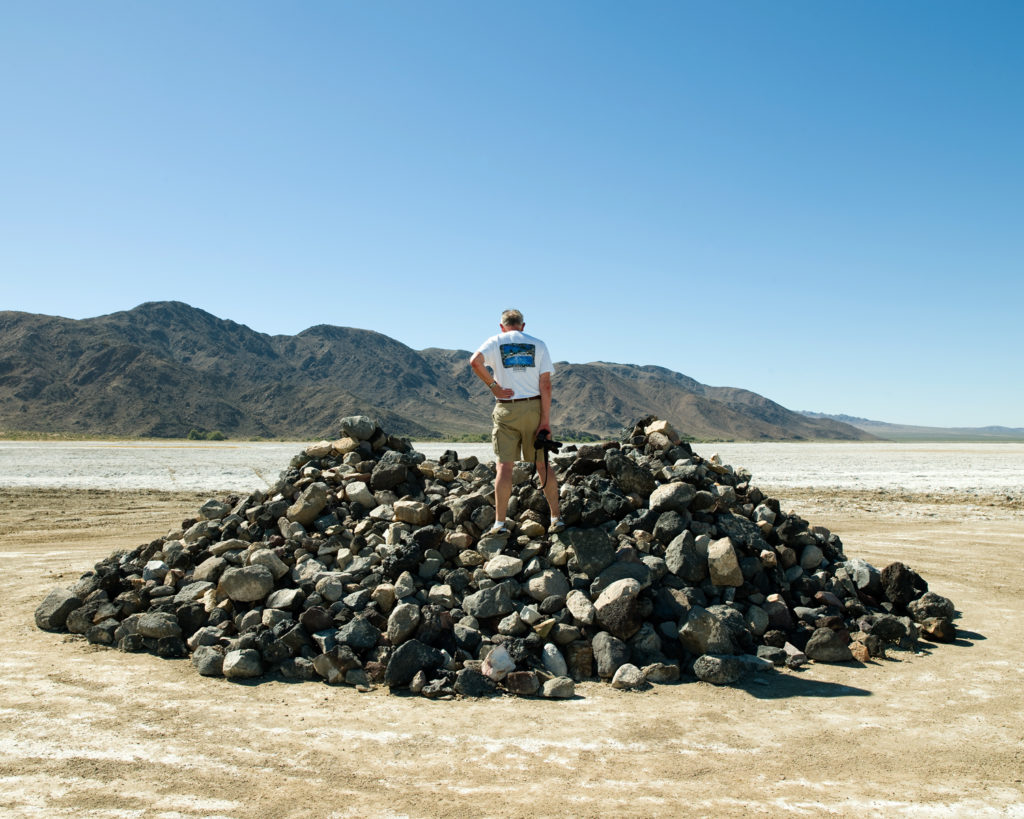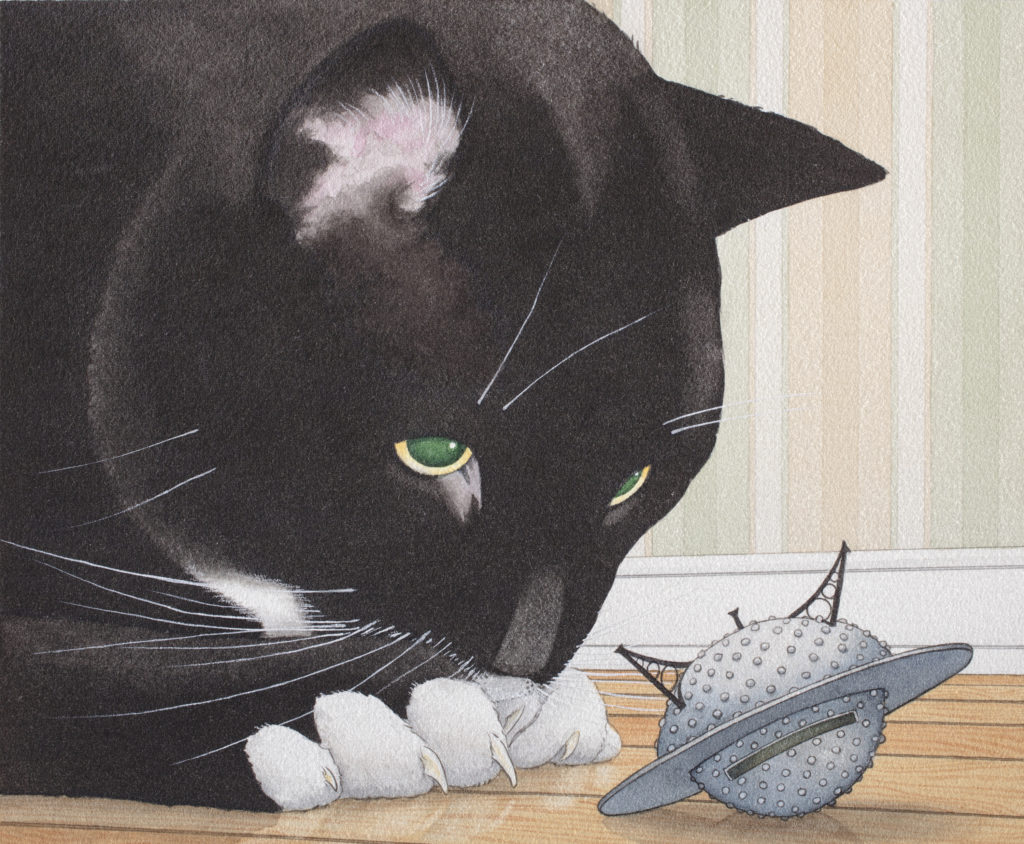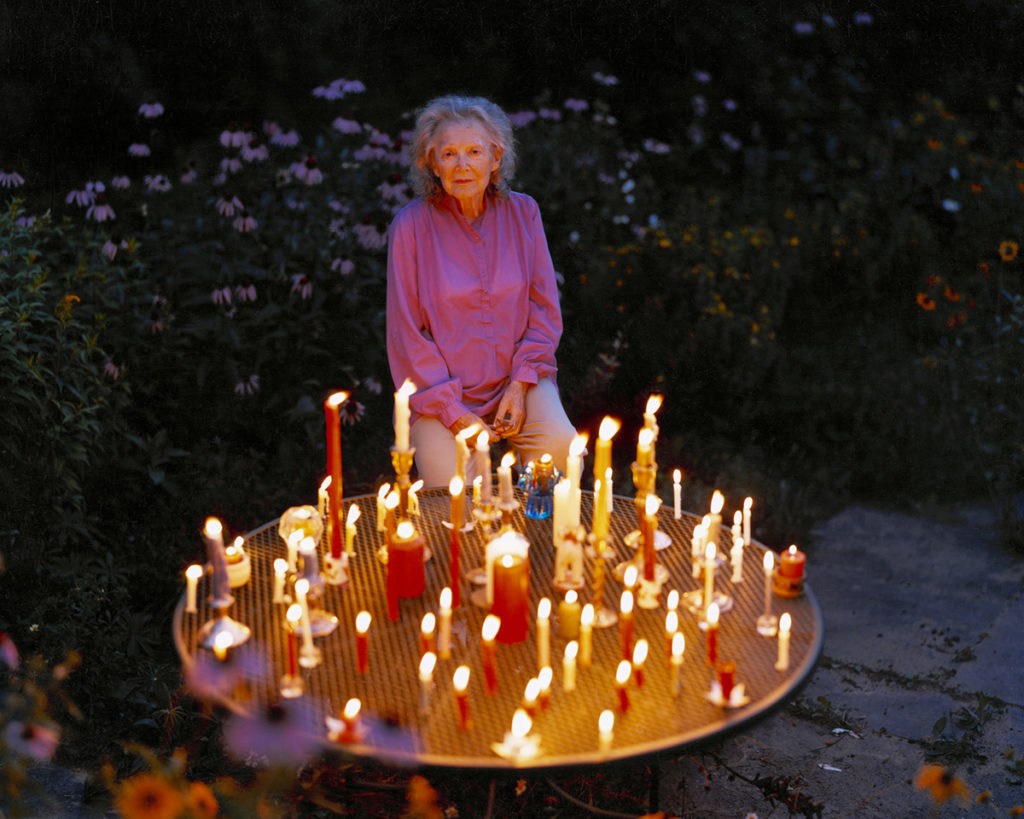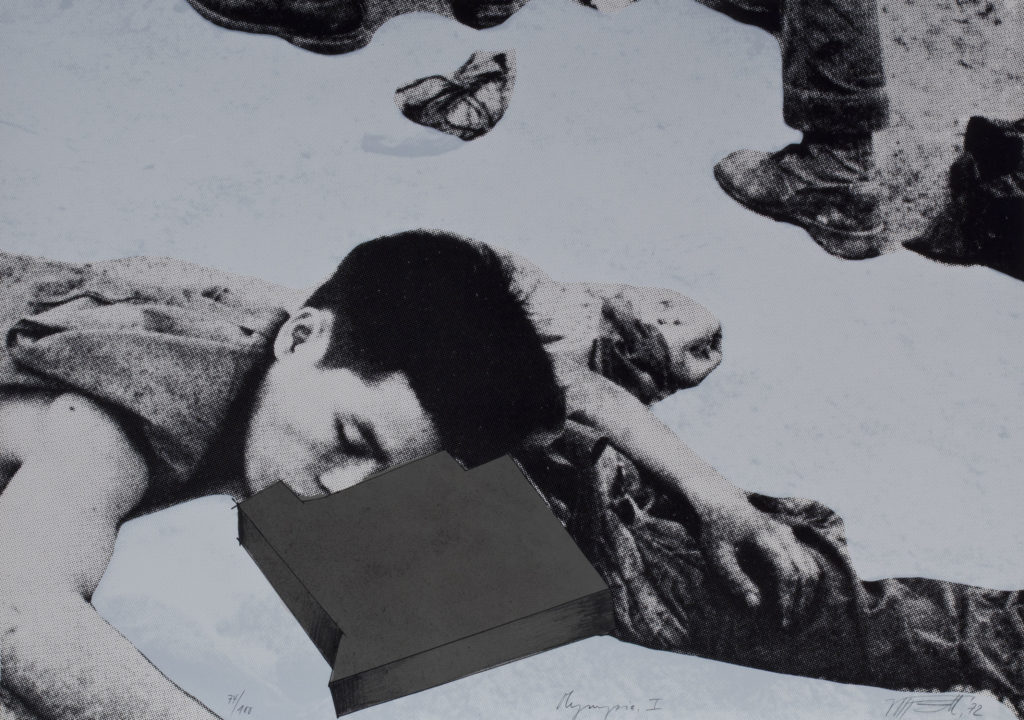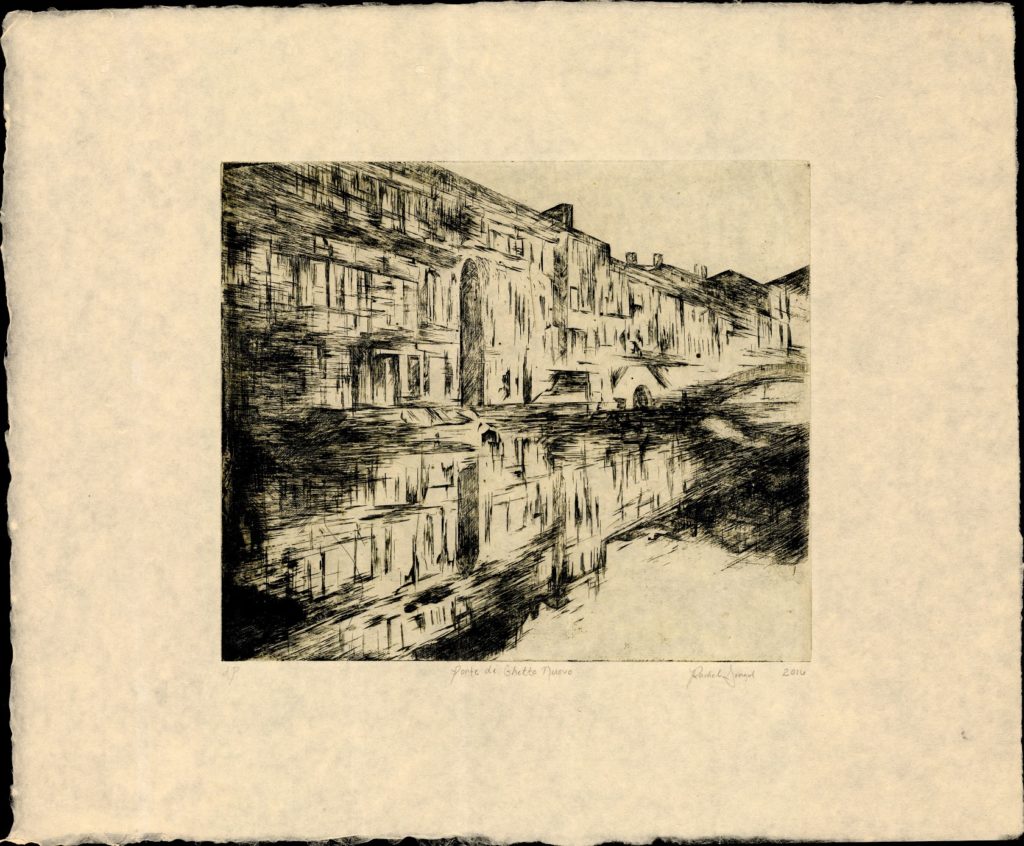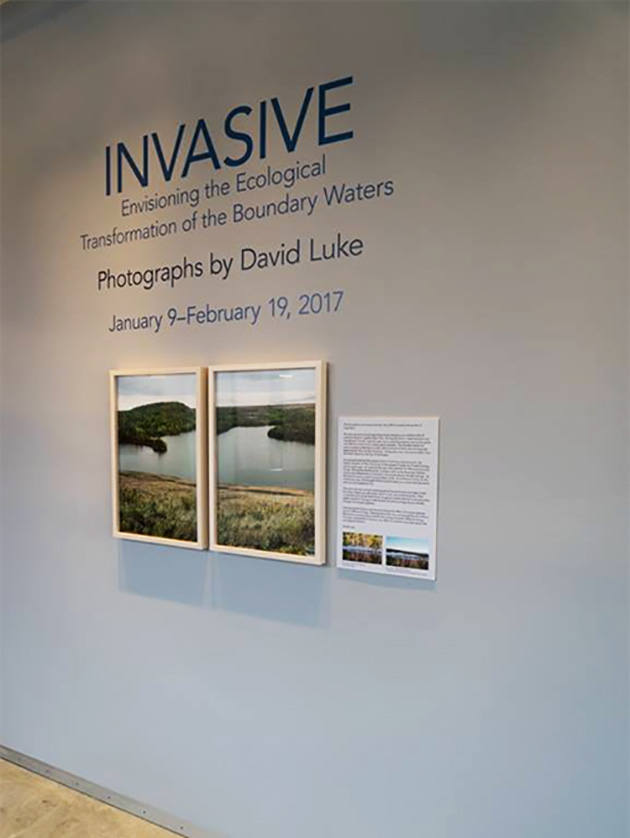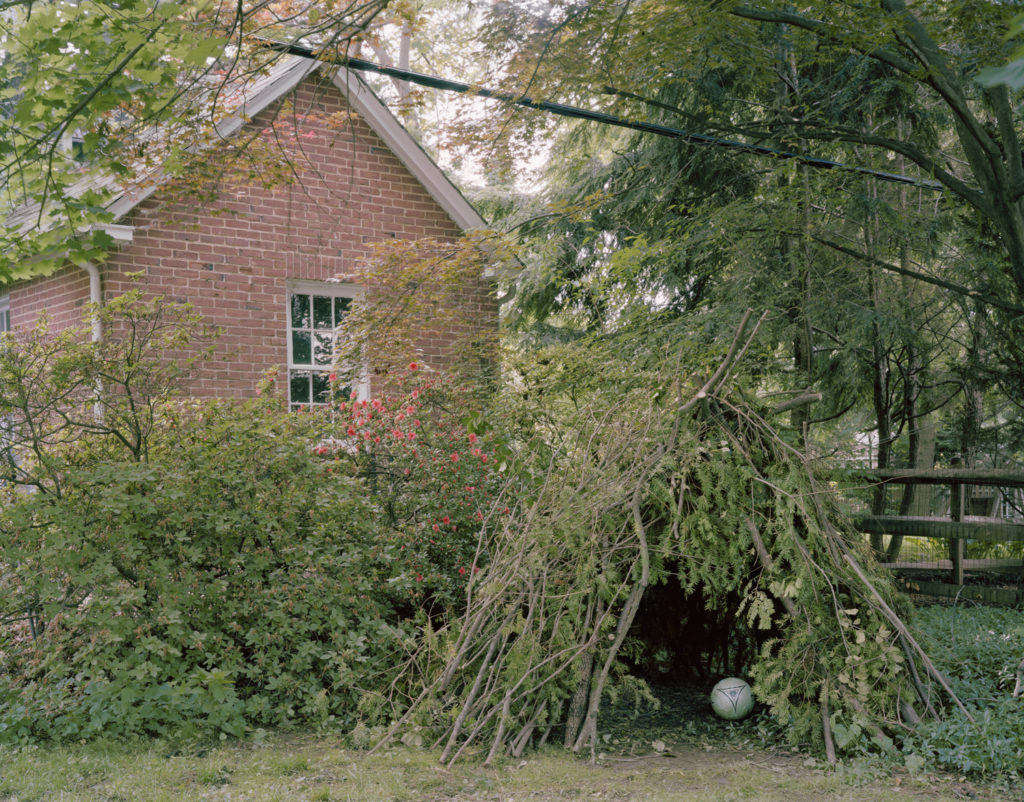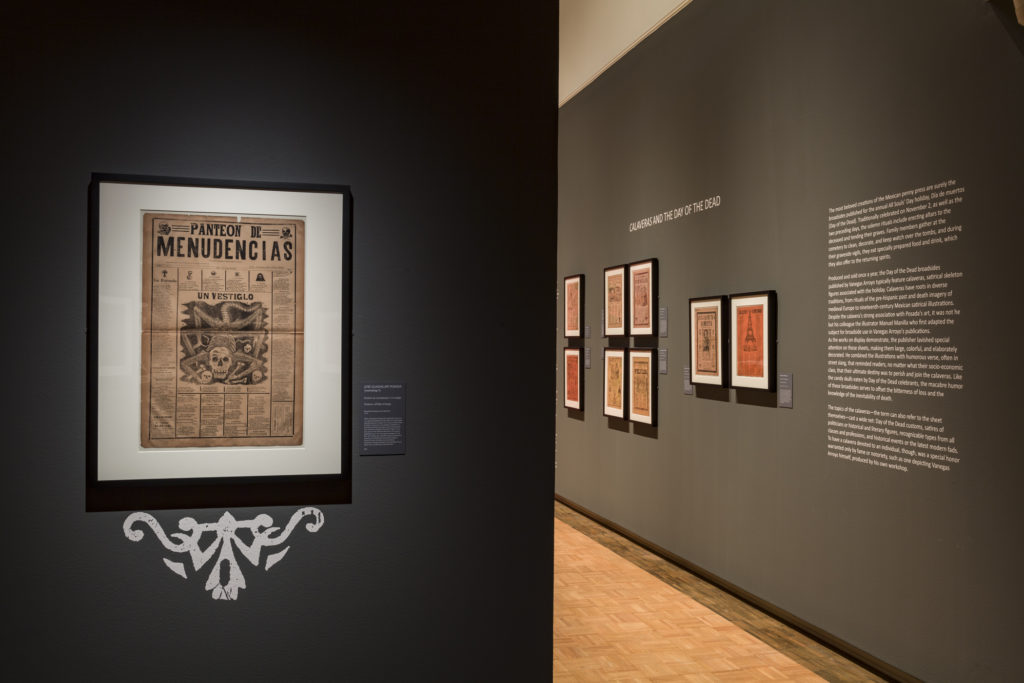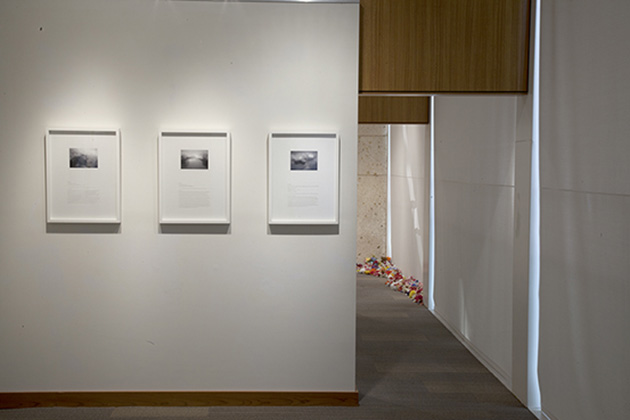Featured Artists
Tom Bamberger “Hyperphotographic” at Museum of Wisconsin Art
For the first time in history, the Museum of Wisconsin Art (MOWA) will dedicate all four of its changing exhibition spaces to the work of a single artist – Tom Bamberger. Hyperphotographic is Bamberger’s first major retrospective which will feature more than 100 photographs – some up to 35’ in scale. MOWA will open the…
Read MoreTodd Stewart “Photographs from A Narrative Atlas of the Great Basin”
Landscapes are constructs. They are derived from the complex layering of a particular physical geography with the cultural, political, and other ideological concerns of those that inhabit them. Because they represent an accumulation of human activity over time, their meaning is contingent upon, and reflective of, both historical and contemporary values. A Narrative Atlas of…
Read MoreDavid Wiesner & The Art of Wordless Storytelling at Santa Barbara Museum Of Art
David Wiesner & The Art of Wordless Storytelling is the first comprehensive retrospective devoted to this internationally recognized master of the picture book. The exhibition includes nearly 70 original watercolors handmade by David Wiesner (b. 1956) for nine of his most famous books, including three for which he won the prestigious Caldecott Medal: Tuesday (1992),…
Read MoreVirginia Beahan at Joslyn Art Museum
Virginia Beahan’s photographs tell a story that is at once demanding, joyous, surprising, and painful. In the fall of 2002, Beahan and her husband helped her 88-year-old mother, Jeanne Cadwallader, sell her house in Yardley, Pennsylvania, and moved her to their home in rural New Hampshire. In failing health, her mother’s doctors believed she would…
Read MoreVOSTELL CONCRETE 1969–1973 at Smart Museum of Art
In the late 1960s and early 1970s, Fluxus co-founder Wolf Vostell (1932–1998) used concrete as an actual material and an artistic motif in a surprising, unique body of work that includes the colossal sculpture Concrete Traffic. David Katzive, installation view of Wolf Vostell’s Concrete Traffic, January 1970. (Collection of the Museum of Contemporary Art Chicago.…
Read MoreART AND ARCHITECTURE OF THE JEWISH GHETTO IN VENICE, ITALY BY RACHEL SINGEL
“The year 2016 marks the 500th year since the establishment of the Jewish, Ghetto in Venice, the first ghetto ever in existence. To honor the historical anniversary and the influence this uniquely urban space has had on the development of contemporary architecture, I worked on-site in Venice for two months to create a series of…
Read MoreINVASIVE: Photographs by David Luke
David Luke’s body of work, Invasive, combines photographic imagery of northern Minnesota’s boreal forest with the state’s southern and central prairies. These collaged images visualize imminent transformations to the state’s land and water due to climate change and invasive species. David Luke “Big Lake, Boundary Waters” Archival Inkjet Print David Luke: “Big Moose Lake, Boundary…
Read MoreCaroline Allison “Underground Again” at Zeitgeist Gallery in Nashville
“Underground Again” meditates on ways history underlines the present – be it social, political, ecological, or geological. Through a shared engagement with source materials derived from the landscape, the exhibition emerges and overlaps from the remains of social-philosophical models, earth-based systems, perceptions of time, and abandoned spaces of invention. Looking to these ideas, the interconnected…
Read MoreOSÉ GUADALUPE POSADA and the Mexican Penny Press
José Guadalupe Posada (1852–1913) was one of Mexico’s most influential political printmakers and cartoonists. Posada produced an extensive body of imagery, from illustrations for children’s games to sensationalistic news stories. He is best known, however, for his popular and satirical representations of calaveras (skeletons) in lively guises, who have become associated with the Día de…
Read MoreNoelle Mason “Incident Report”
Most skydiving photography uses wide-angle lenses and fast shutter speeds to freeze time and capture images with the highest possible clarity. In contrast, “Incident Report” uses a lens-less pin-hole camera which does not refract light but instead allows the image to imprint itself directly onto a piece of film over a period of three seconds…
Read More